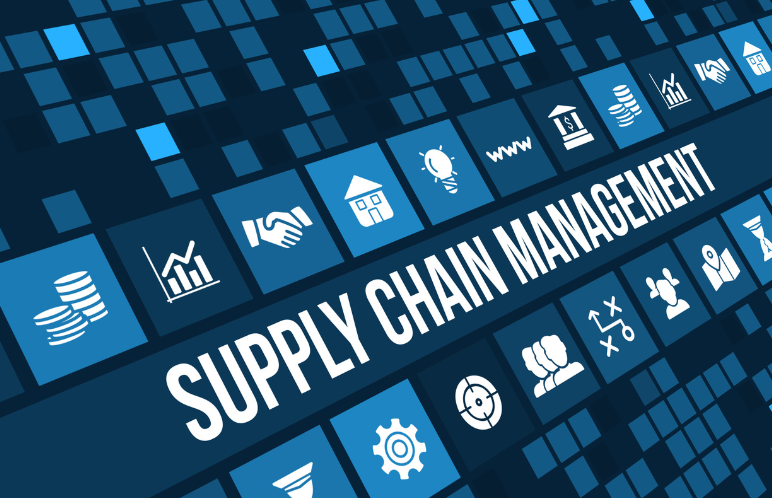The critical element of supply chain success is having a clear view of operations. This view provides managers with up-to-the-minute status updates, the ability to monitor essential key performance indicators (KPIs), and the means to enhance operational efficiency. Visibility in the supply chain plays a substantial role in bolstering resilience since it empowers companies to identify and mitigate risks, allowing them to navigate through supply chain disruptions successfully.
Moreover, visibility is a significant step toward meeting customer satisfaction expectations in today’s market. Modern consumers anticipate rapid deliveries, often measured in hours rather than days.
As companies strive to develop more intelligent supply chains, a noteworthy 92% of global businesses are directing their investments toward improving supply chain visibility, positioning themselves as leaders in the market. What tools and technologies enable them to achieve this success and address the challenges associated with visibility? Let’s take a deep dive and find the answer.
Blockchain and Supply Chain Visibility: A Revolution in Transparency

What is the significance of supply chain visibility, and what does it encompass?
When we delve into the concept of supply chain visibility (SCV), it’s vital to recognize that it extends beyond simply knowing the precise location of goods or shipments. SCV encompasses the control and oversight of every facet of a supply chain, spanning from strategic planning to delivery and even returns. It offers a clear and transparent perspective on every tier of the supply chain, from the initial raw materials to the final customer.
Varieties of supply chain visibility
Typically, when we discuss supply chain visibility, we refer to the real-time access to consolidated data originating from suppliers, manufacturers, and transportation and logistics service providers, facilitated by integrated supply chain solutions such as ERP, WMS, and TMS. In this context, the types of visibility within the supply chain primarily revolve around comprehending transportation, shipment, and overall supply chain processes.
On one hand, the specific types of supply chain visibility may vary from one company to another, reflecting the distinctive nature of operations and business procedures within different organizations. However, on the other hand, the demand for enhanced transparency is most pronounced in the four key areas of the supply chain.
- Tracking the location of cargo enables businesses to monitor the precise whereabouts of their goods throughout the supply chain. Armed with this information, companies can efficiently plan inventory replenishments, schedule deliveries, manage financial transactions, and engage with stakeholders. From a customer perspective, the ability to track cargo location fosters trust and confidence in goods providers, distributors, and delivery services.
- Supply chain rates encompass the expenses associated with the movement, shipping, and delivery of products. As order volumes increase, multiple carriers are involved, and the number of fulfillment locations grows, the complexity of rate management escalates. A comprehensive view of rates is indispensable for supply chain leaders, enabling them to perform cost-benefit analyses, monitor company expenditures, and make well-informed decisions.
- Maintaining visibility into auditing records is crucial for companies operating across multiple countries, as it ensures compliance with regulatory requirements. By having a holistic perspective of transactions and documentation, businesses can review and authenticate previous orders, and pinpoint discrepancies or areas needing improvement. Transparency in supply chain records streamlines the auditing process, aiding companies in meeting specific standards, reducing risks, and cultivating trust with both stakeholders and regulatory authorities.
- Activity and issue monitoring encompasses the tracking of quotations, order receipts, bills of lading, proof of delivery, and other documents related to supply chain operations. This practice allows organizations to gain a comprehensive understanding of their supply chain activities and proactively identify potential problems before they manifest.
Exploring how technology enhances supply chain visibility
While the importance of supply chain visibility is evident, implementing it in practice can often appear as a challenging puzzle, demanding significant time and effort. To some extent, this challenge is valid, as gaining a comprehensive understanding of complex supply chain structures is inherently intricate. However, this is where the most intriguing aspect of supply chain visibility comes into play—technology and other essential tools that companies can employ to attain complete control over their supply chains and logistics operations.
Blockchain for establishing transparency and trust
The global market for blockchain solutions in the supply chain is projected to reach $9.85 billion by 2025, as reported by Allied Market Research. The decentralized nature of blockchain, along with the inclusion of smart contracts, makes it an ideal solution for enhancing critical supply chain processes such as invoice management, freight tracking, product traceability, and information processing.
Prominent supply chain leaders like Maersk and retail giants like Walmart have actively embraced and commended the use of blockchain technology in their operations. Let’s delve into how blockchain can empower companies to bolster resilience and establish end-to-end visibility in their supply chains.
- Transparency: Blockchain offers a transparent and tamper-proof record of transactions and events, granting stakeholders access to a single version of the truth and enabling the tracking of products throughout the entire supply chain journey.
- Trust and authentication: The technology provides a secure and immutable ledger that helps companies mitigate the risk of fraud and counterfeit products. It allows all parties involved in supply chain operations to verify the origin, authenticity, and condition of goods in real-time.
- Real-time tracking: Blockchain enables real-time tracking of goods, enabling stakeholders to monitor the movement and status of products at each stage of the supply chain.
- Efficiency and cost reduction: The transparency and automation capabilities of blockchain eliminate the need for intermediaries, leading to reduced administrative costs and improved operational efficiency.
- Collaboration and data sharing: Blockchain facilitates secure and direct interaction among supply chain participants, fostering collaboration, data sharing, and information symmetry.
Summary
The issue of lacking visibility in the supply chain is a thing of the past. Utilizing blockchain technology empowers companies to enhance their operational efficiency, security, and collaboration, cultivate trust with consumers, and expand their businesses. However, it’s important to note that implementing supply chain visibility solutions demands a strategic approach and the involvement of highly skilled subject matter experts.
Other posts you might enjoy:
The 2024 Economic Forecast for the Kitchen and Bath Industry: Opportunities and Challenges





